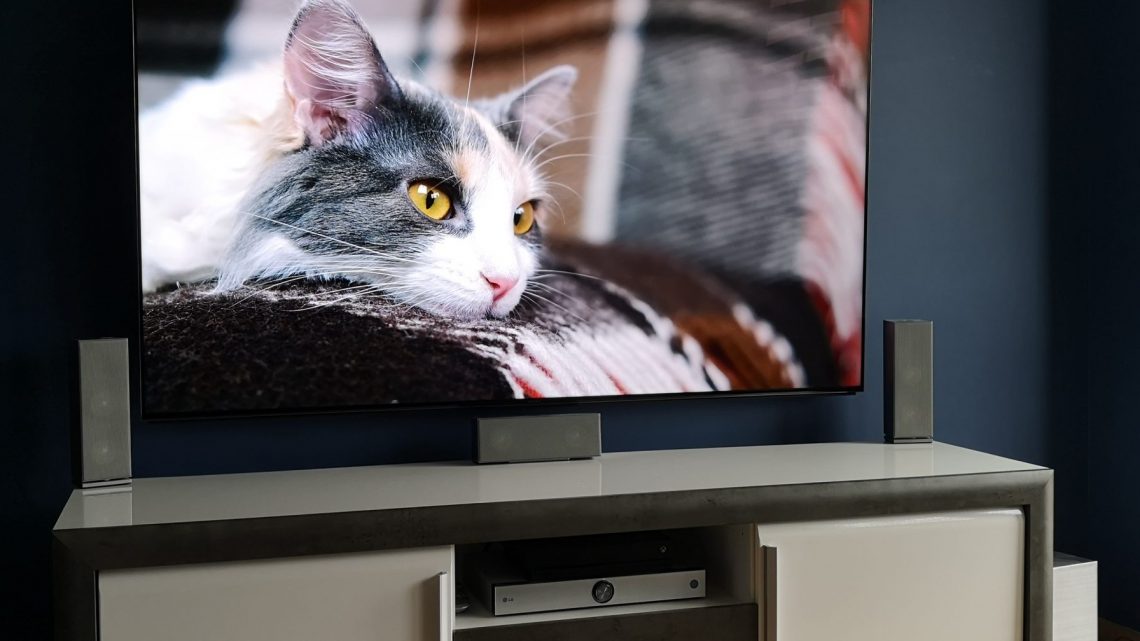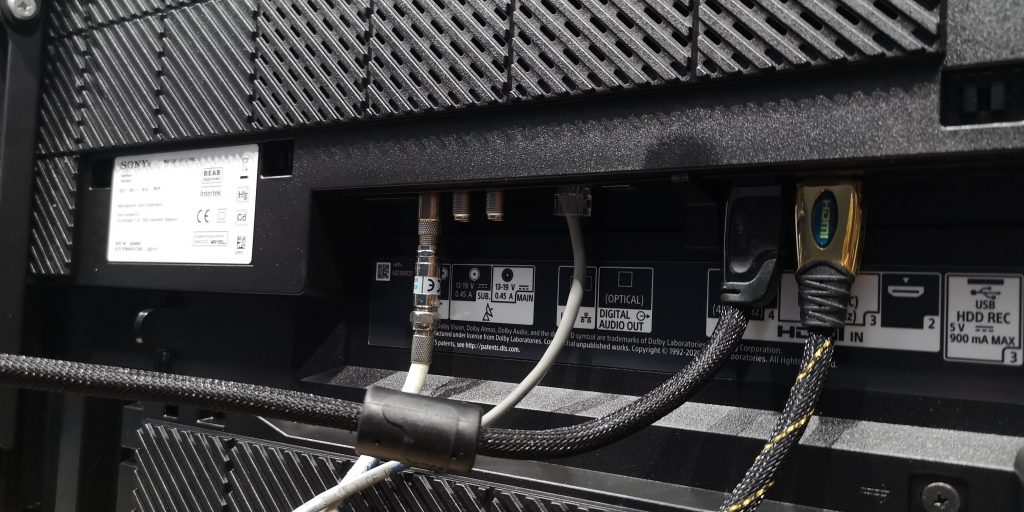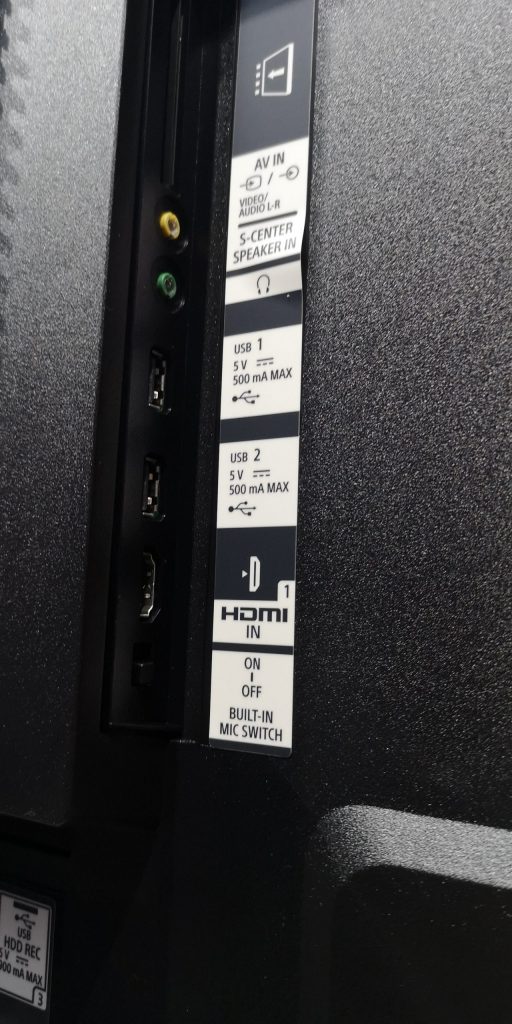
How to locate and disable microphone on Smart TV
January 5, 2022In this tutorial, we will discuss methods for identifying and deactivating the mic built into popular TVs.
Learn how to confirm, locate and disable mic inside your Smart TV.
Our post from over a year ago about deactivating cameras on TV sets was a huge commercial success on the Internet
Our material on locating the camera on LG and Samsung TVs was quoted on many social media and contributed significantly to the high results of visits to our website.
As confirmed by our analysts, The article on TV sets was the most read article on our entire site.
It is enough to take a look at the comment sections of this article to confirm that the subject of privacy in electronic devices such as televisions, telephones or even cleaning robots is very important for end users.
Recently, similar questions have started to come to us more and more about microphones built into televisions.
Concerned users asked us to comment on this topic in the audio context.
In order to meet these requirements, we invite you to read this guide prepared as the first post in 2022 year.
In the article we will cover the following topics:
- Which TV models have a built-in microphone
- How to locate the microphone from the TV casing or remote control
- How to permanently disable the microphone
- How to protect your own network against the transmission of the captured audio signal
This tutorial is applicable to all popular Smart TV Producers like: LG, Samsung, Sony, TCL and Panasonic
Let’s start with the fact that the times we live in are the age of information and corporations in pursuit of profit want to offer us more and more interesting and convenient solutions. Unfortunately, when introducing innovations related to the Internet of Things, they often ignore our right to privacy or approach these issues very recklessly.
It is not for us to judge what the real reasons for such actions are. We, as technicians and practitioners in the field of security, try to objectively look at the issue of privacy and provide advice on how to protect your confidential information.
In recent years, many researchers related to device security have discovered a multitude of so-called backdoors that allow you to remotely activate an audio and video recording device and transfer this data to external servers, often bypassing the internal network firewall.
We had contact with researchers who discovered the existence of ssh tunnels inside popular TV models and even cleaning robots, which we will certainly write about.
Our today’s article will be about a specific feature that is very popular in televisions, namely voice control or Google TV.
This function is available much more often than the built-in camera in a TV set and there are many models from various manufacturers, both from Korea, Taiwan, China, USA, and Japan, which are equipped with this function.
In this tutorial we will show you How to locate a microphone that can be located on the TV as well as be part of the remote control.
It is worth realizing that modern remote controls no longer operate on the basis of IR diodes, but are transmitters of the Bluetooth signal whose transmission capacity is successfully sufficient for high-quality audio transmission to external servers.
Does this mean that the remote control of our TV set is listening to what we are talking about in the living room?
Unfortunately, technically such an option is the most probable and it turns out that the self-awakening of the TV’s microphone can be done remotely without the need to activate the physical electrical circuit.
In this article, we will guide you through the popular methods of microphone location and its deactivation both on the physical level, device blocking and blocking voice data transmission to the Internet.
A very important and disturbing fact is that the software on the TV set may fall victim to hackers and a person completely unaware of it may be the object of permanent surveillance of a criminal who may want to use access to the sound source from our living room.
After successfully attacking our TV set – the hacker may continue criminal activity and, for example, empty our bank account or expose us to other damage, such as image damage or reveal confidential information.
Just imagine the damage that wiretapping important officials, military employees, journalists, judges or company managers can bring.
We do not want to digress now and analyze the possible potential effects of eavesdropping on a TV set or a TV remote control, but we would like to consider ignoring such a fact for our own consideration.
More and more often, people ignoring the right to privacy agree that their mobile phone constantly eavesdrops on them and thus profiles advertisements and other content served to us by social media.
However, with this awareness, we can turn the phone off, change the software or use older technology.
In the case of a phone that we will probably write about, however, we are dealing with a movable object of a small size.
In turn, the TV set is usually permanently attached to the wall or takes a place in the living room where we stay the longest and it is difficult to live with the awareness that it may be a permanently operating illegal listening device – operating without our knowledge.
How to locate the microphone on the TV?

The first thing we can do is get to know the parameters of a specific device model and check if it has a voice control function.
If so, then there is definitely a microphone in the device or the TV remote control, or both.
The location of the microphone is easy, as long as you are equipped with a magnifying glass and we will have access to the back of the device.
When mounting the TV on the wall – it may be necessary to disassemble it in order to have free access to the back of the device.
Some TV models like the Sony Bravia XR-75X95J presented below have a physical switch for the TV mounted on the screen.
Nevertheless, it should be borne in mind that in the case of this Sony TV model, the second microphone is located in the remote control!
The microphone is most often placed in the TV casing facing the viewer and we can locate it by looking for a hole the size of a pinhead.
Very similar to the one we have in our cell phone at the level of the mouth.
An invasive method of blocking such a microphone is to put plasticine in it or stick it with silicone
It should be noted that the mere sealing with adhesive tape is insufficient, although the sound will be muffled, the microphone will still record the sound
Complete blocking of the microphone’s ear canal by inserting plasticine, modelling clay or substances with similar physicochemical properties there causes blocking the vibrating microphone diaphragm
Only such a deactivation I guarantee full privacy and security.
Note that there may be more than one microphone on the TV case itself.
Modern cell phones equipped with stereo microphones have several circuits interconnected.
So you should locate them all using the method described above.
We encourage you to comment on the article and ask questions in case of ambiguity.


**
1. Use a professional-grade microphone blocker: While plasticine or modelling clay may seem like a simple solution, it’s not designed to withstand the rigors of modern microphones. A professional-grade blocker is specifically designed to block sound transmission and should be used in conjunction with other security measures.
2. Perform a thorough risk assessment: Before attempting to disable the microphone, perform a thorough risk assessment to determine if there are any potential data breaches or security risks associated with your specific TV model.
3. Use a reputable TV manufacturer: Not all Smart TVs are created equal. Research and purchase from reputable manufacturers that prioritize user privacy and security.
By taking these steps, you can significantly reduce the risks associated with built-in microphones in Smart TVs.
Comment by Kylee Reynolds
“Are you kidding me? You’re telling me I need to spend hundreds of dollars on a professional-grade microphone blocker and perform a thorough risk assessment just to disable my TV’s microphone? What about the cost-effective solution of using plasticine or modelling clay? Not only is it cheaper, but it’s also more environmentally friendly. And let’s be real, if you’re worried about your TV manufacturer prioritizing user privacy, shouldn’t you just buy a different brand? I mean, come on, this article is just trying to sell us overpriced security measures. Give me a break.”
Your Response
“Haha, wow Kylee, you must be a genius to think that plasticine or modelling clay can block sound transmission effectively. I’m sure it’s not like those ‘professional-grade blockers’ are specifically designed to do exactly that or anything. And as for the risk assessment, I’m sure it’s just a trivial matter of checking if your TV is connected to the dark web or something.
But seriously, Kylee, have you actually done any research on this topic? Do you know how microphones work? Because from where I’m sitting, using plasticine to block sound transmission seems like a recipe for disaster. And as for buying from reputable manufacturers, that’s just a fancy way of saying ‘pay more money’.
I’d love to see your DIY microphone-blocking solution in action, Kylee. I’m sure it’ll be a real game-changer. Can you post some pictures or a video? I’m dying to see how effective your plasticine solution is.”